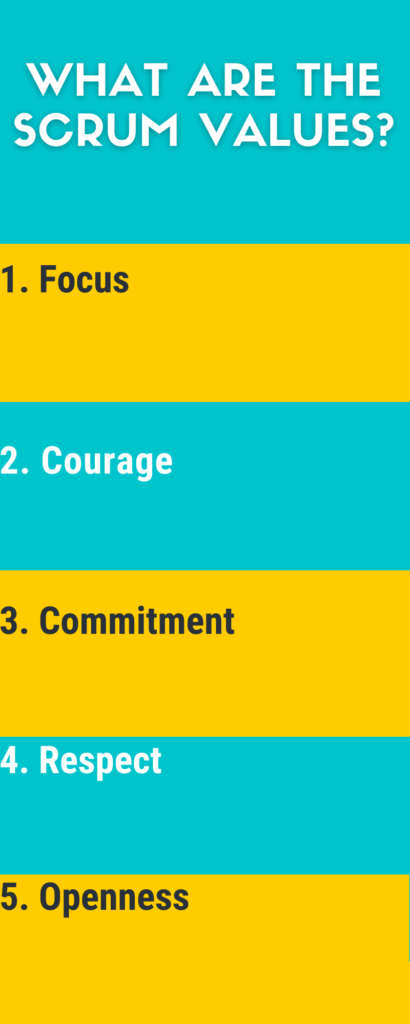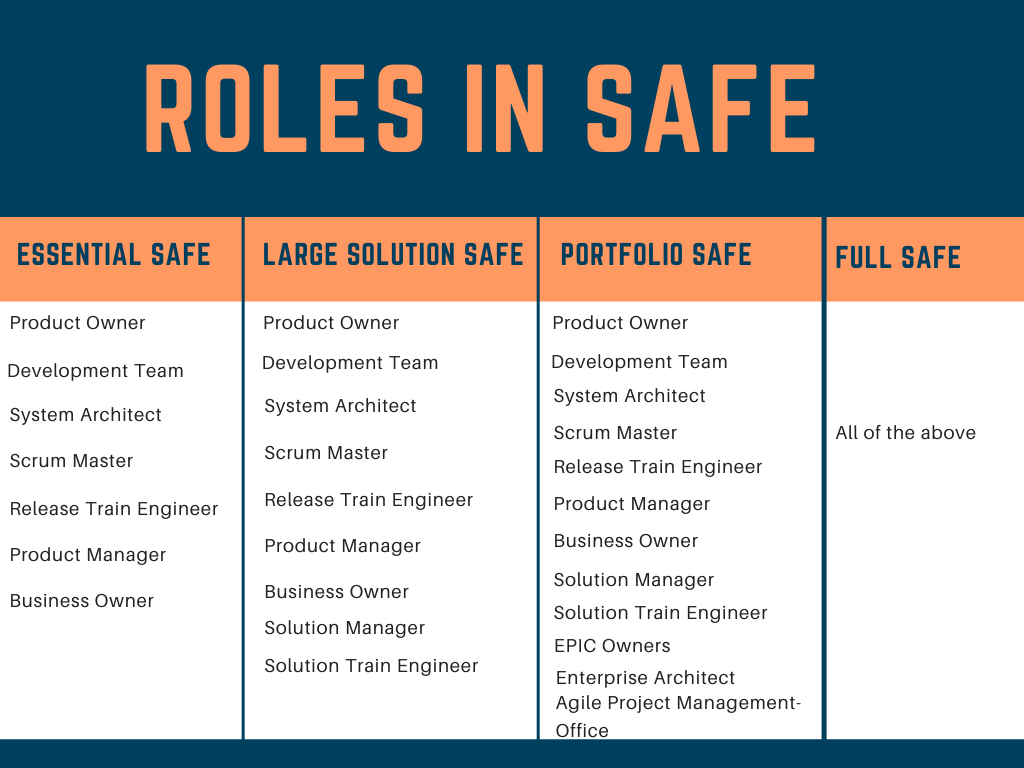SAFe, the world’s most widely used framework for business agility. It is a new way of working that combines attributes of Lean thinking with Agile methodologies to help the world’s largest organizations deliver software and systems to market faster, with higher quality and better-engaged employees. SAFe framework is primarily based on four bodies of knowledge which are (1) Agile (2) Lean (3) Systems Thinking and DevOps. The use of these bodies makes SAFe unique, broad, and scalable.
https://www.scaledagileframework.com/about/
History of SAFe
Dean Leffingwell and Drew Jemilo released SAFe in 2011. Both of them partnered to roll out the first iteration of the Scaled Agile Framework (SAFe). The idea of SAFe ignited from Dean Leffingwell’s book Agile Software Requirements. This book came up with a framework (Agile Big Picture) that visualized the application of Lean and Agile practices and principles to the Team, Program, and Portfolio Levels. The concepts behind the Agile Big Picture drew from the knowledge pools of Lean, Kanban, Scrum, and Extreme Programming (XP), as well as Don Reinertsen’s The Principles of Product Development Flow.
https://www.scaledagile.com/team/drew-jemilo/
https://www.scaledagile.com/team/dean-leffingwell/
Core Competencies of SAFe
SAFe is built around 7 core competencies that enable companies to achieve the agility required to handle VUCA associated with customers & technologies.
Lead Agile Leadership
Team and Technical Agility
Agile Product Delivery
Enterprise Solution Delivery
Lean Portfolio Management
Organizational Agility
Continuous Learning Culture
SAFe Principles –
There are 10 Lean Agile principles followed in the SAFe framework
Principle 1 – Take an economic view
Principle 2 – Apply systems thinking
Principle 3 – Assume variability; preserve options
Principle 4 – Build incrementally with fast, integrated learning cycles
Principle 5 – Base milestones on objective evaluation of working systems
Principle 6 – Visualize and limit WIP, reduce batch sizes, and manage queue lengths
Principle 7 – Apply cadence, synchronize with cross-domain planning
Principle 8 – Unlock the intrinsic motivation of knowledge workers
Principle 9 – Decentralize decision-making
Principle 10 – Organize around value
SAFe Core Values –
For SAFe effectiveness, the framework focuses on 4 values – (1) Alignment (2) Built-in Quality (3) Transparency, and (4) Program Execution.
Alignment –
One of the key offerings from SAFe is Alignment. This was missing in other frameworks and SAFe included it as one of the values as companies were struggling to put all pieces of the puzzle together. This is one of the reasons why SAFe is quite popular and widely accepted. Alignment starts with strategy and investment decisions made at a portfolio level (call it as top layer), which boils down to Strategic Themes and Portfolio vision. The next level below portfolio is Product and Solution Management. This is the program execution layer (middle layer), Product increment planning (PI) planning coupled with architectural guidance & governance makes the solution technologically sound, robust, and scalable. The bottom layer comprises agile teams (I.e scrum teams, kanban teams) along with the Product Owner who executes the work.
SAFe does not promote a hierarchy approach; the objective of alignment is working toward a common direction.
Built-in Quality –
SAFe promotes the inclusion of quality standards throughout the development lifecycle. Quality is covered in these five aspects – (1) Flow (2) Architecture and Design Quality (3) Code Quality (4) System Quality and (5) Release Quality. This is mandatory for all to follow as quality is one of the key elements in SAFe.
Transparency-
SAFe promotes no secret concept. At all levels ( Portfolio, Program, and team level) there should be transparency which creates trust and openness. Everyone understands the strategy and vision and work towards achieving them in the respective role they play.
Program Execution
This is the binding factor of the remaining 3 values. Agile teams work very well independently however multiple teams do struggle to deliver substantial value, hence focus on execution becomes important.
Conclusion –
One of the most popular framework in today’s world is SAFe. The beauty of SAFe is the revision of the framework based on feedback received from various industries. The 1st version was introduced in 2011 and this has been evolving. More than 70% of the fortune 100 companies have adopted SAFe and counting.
Learn about agile scaling frameworks- What are the agile scaling frameworks?



